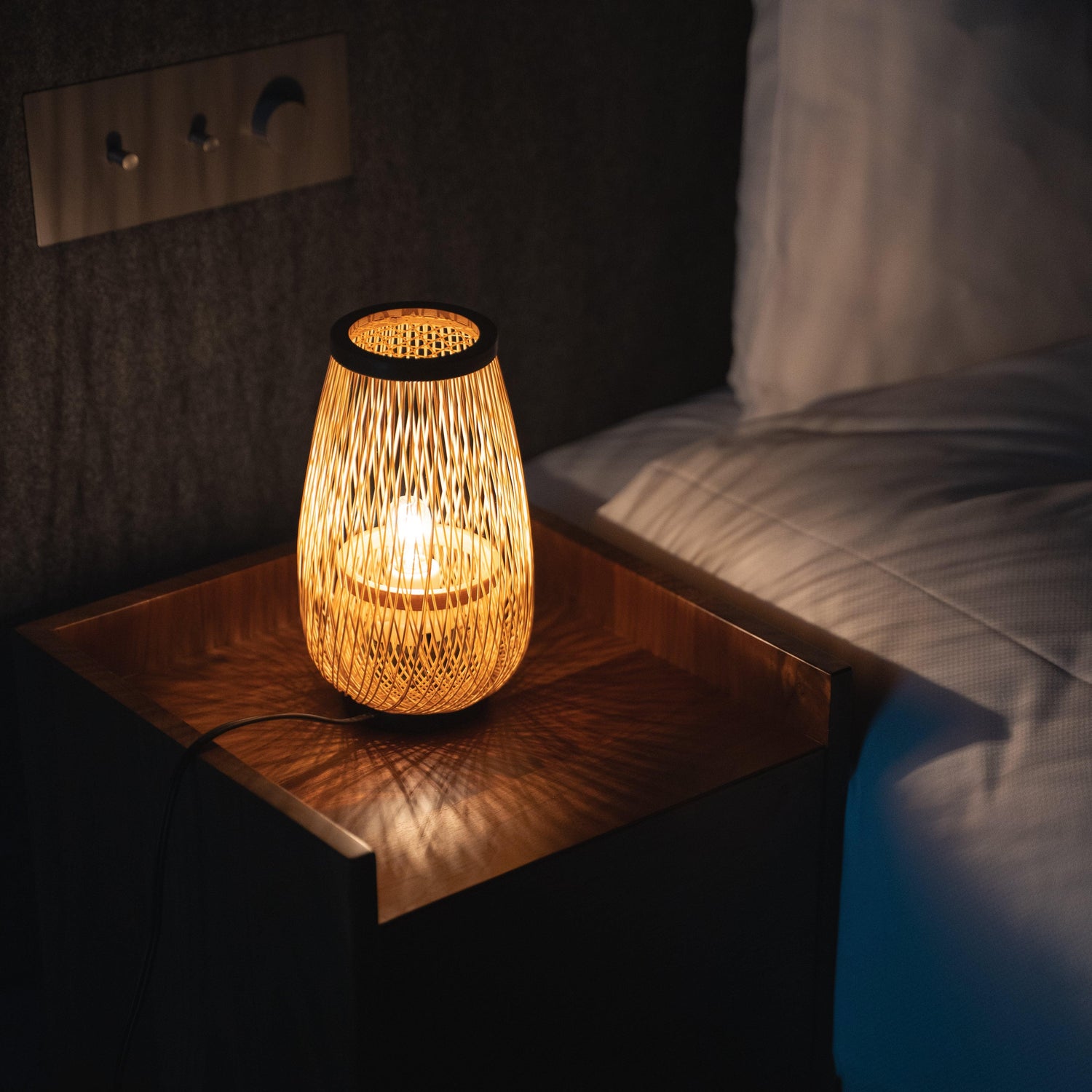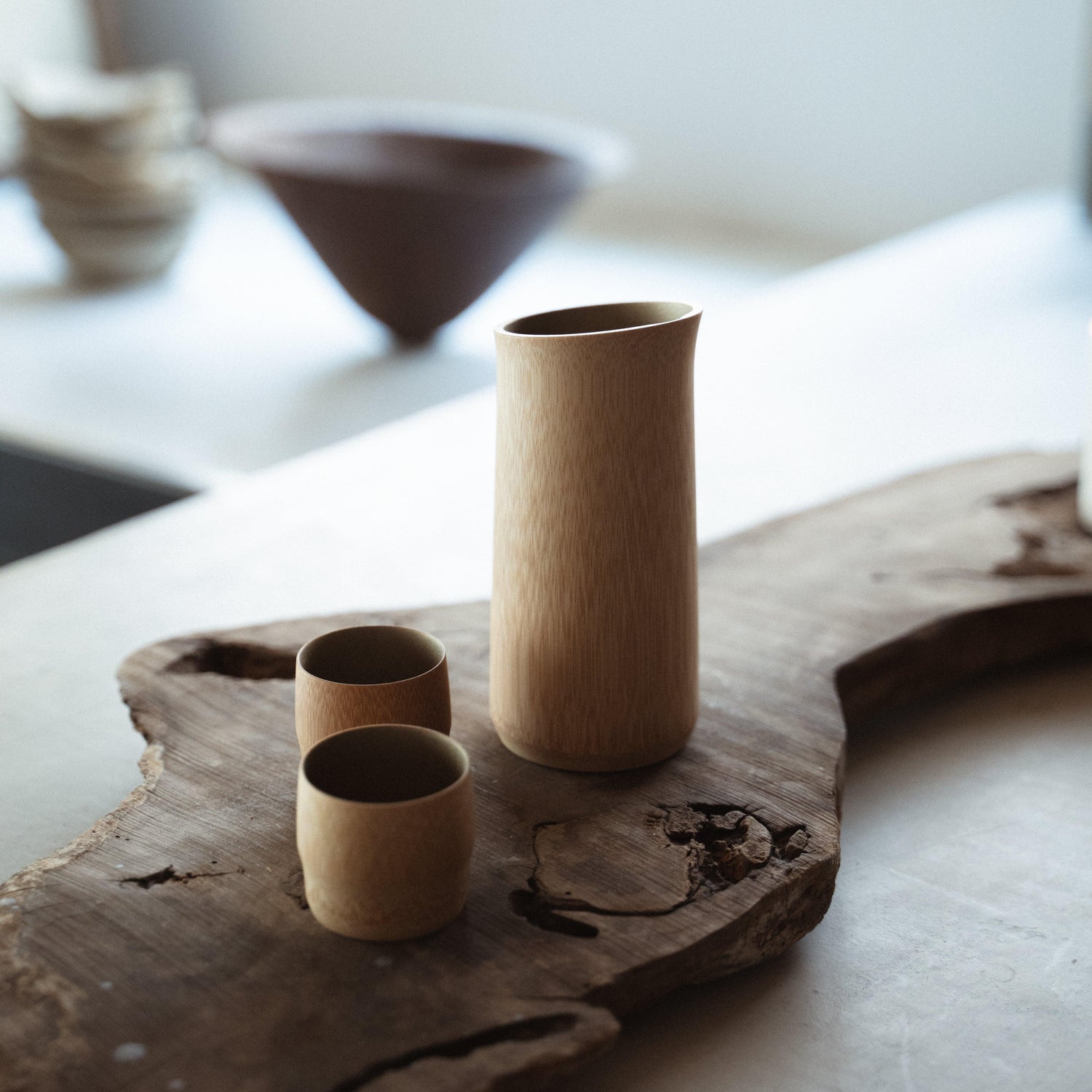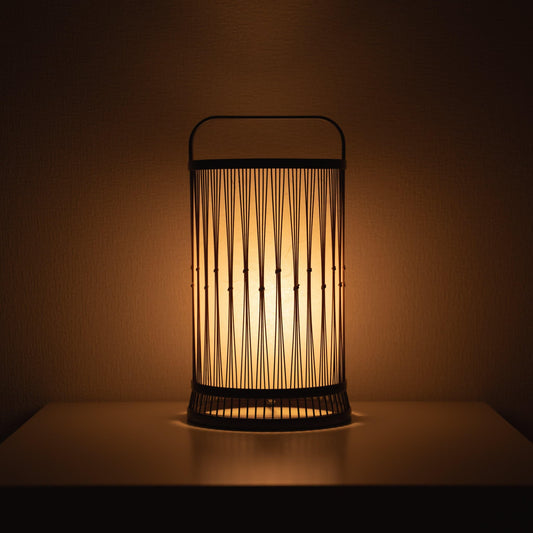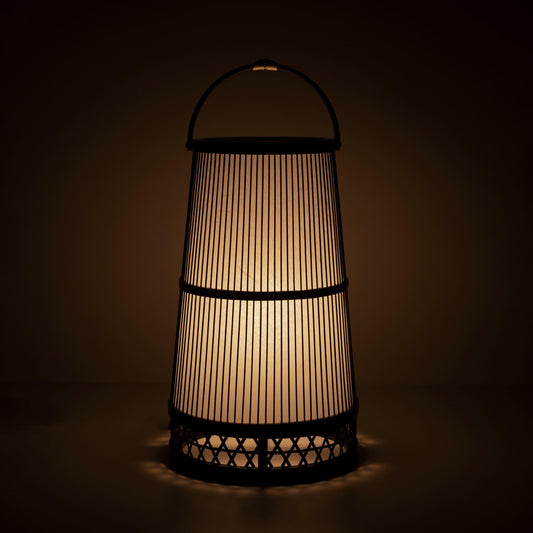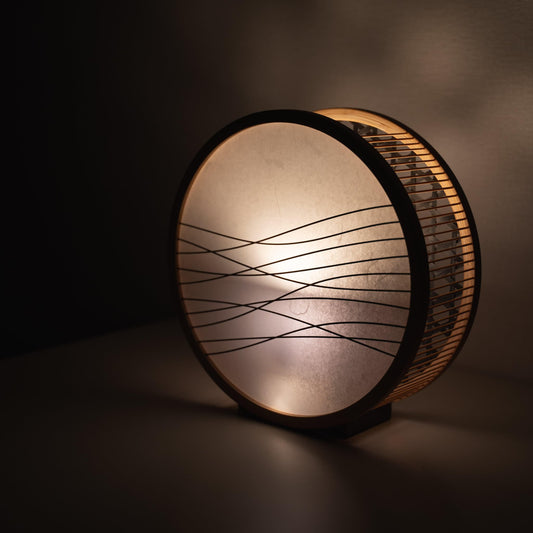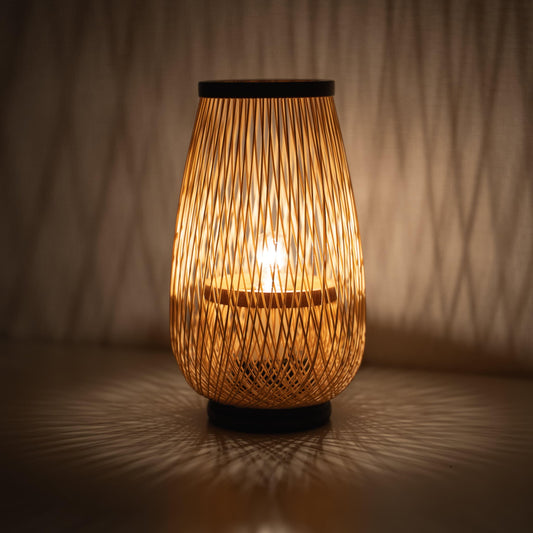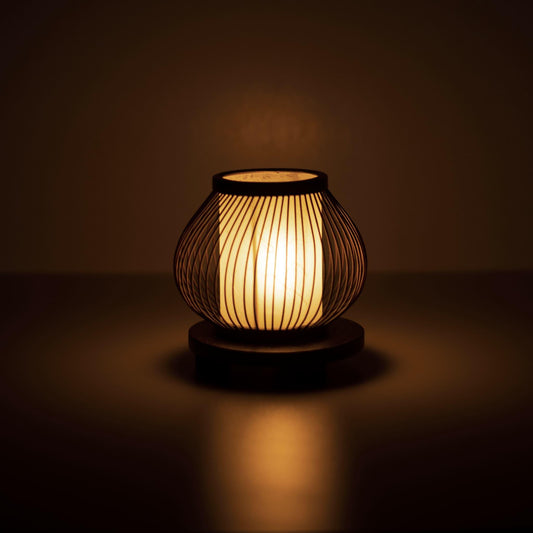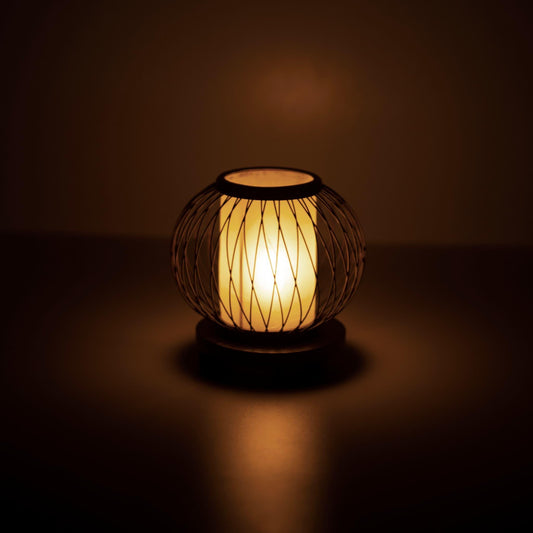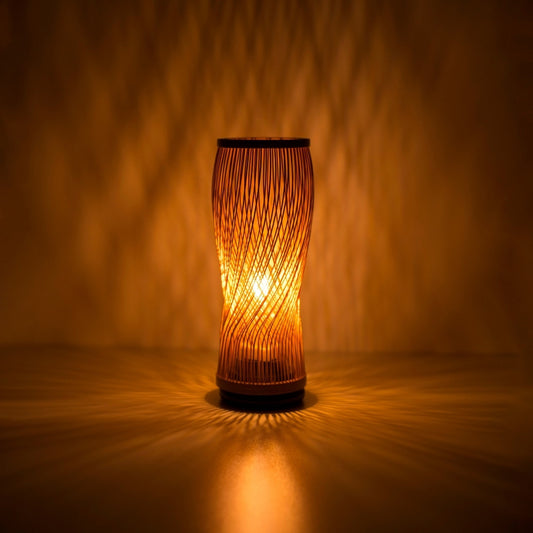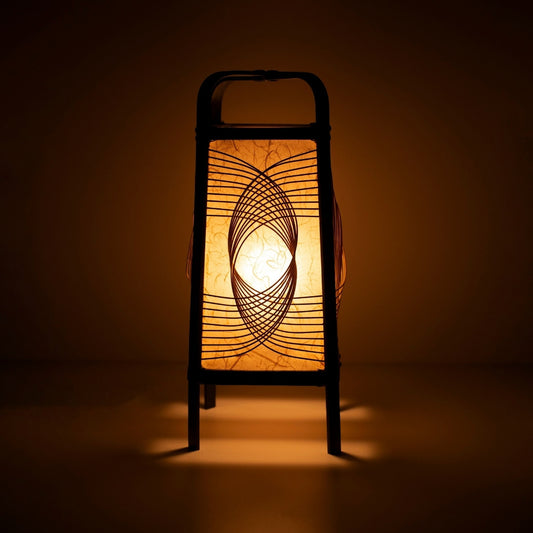
Shizuoka Bamboo Crafts: 800 Years of Delicate Beauty & Everyday Elegance
Share
Shizuoka bamboo crafts are known for their delicate beauty and advanced techniques, representing a Japanese traditional craft with a history of 800 years. Originating from the Suruga region in Shizuoka Prefecture, their history dates back to the Kamakura period. It is said that the beginning was marked by Imagawa Norikuni bringing the techniques from China, and since then, Shizuoka bamboo crafts have been refined and developed over centuries.
Table of contents
About Shizuoka Bamboo Crafts
These crafts are characterized by using bamboo, split into thin strips of about 1mm, to create beautiful patterns and shapes with a unique technique. Also known as bamboo fine-strip work, this technique became widely popular during the mid-Edo period. The delicately crafted pieces, while being lightweight, also convey the natural strength and warmth of bamboo. Furthermore, Shizuoka bamboo crafts range from practical everyday items to artistic works, beloved for their usability and beauty.
The Shizuoka Bamboo Craft Union and Artisans
The artisans who inherit and support the techniques and traditions of Shizuoka bamboo crafts are vital. In Shizuoka city, there is a cooperative organized to continue protecting this traditional craft, with currently 12 artisans as members. These artisans, possessing advanced skills as traditional craftspersons, create beautiful works that blend into daily life, such as flower vases, lights, and tea ceremony utensils. Becoming a full-fledged artisan requires 5 to 10 years, and those who inherit these skills are extremely limited.
Everyday Items of Shizuoka Bamboo Crafts
The works of Shizuoka bamboo crafts include practical items that enrich life, such as flower vases, lights, and tea ceremony utensils. These everyday items are carefully handmade by artisans, one by one, while making the most of the natural texture of bamboo. Each piece has a unique charm that blends traditional and modern aesthetics, producing many interior items suitable for contemporary life.
Techniques of Shizuoka Bamboo Crafts
The production process of Shizuoka bamboo crafts demands high-level skills and meticulous work. Through a series of processes including splitting, thickness determination, fine splitting, strip pulling, bending, drilling, and assembly, the final product emerges as delicate and intricate. These techniques maximize the potential of bamboo, drawing out detailed patterns and shapes through the skilled hands of the artisans.
Hegi
For bamboo, the part close to the outer skin is the strongest, so this part is used for the slats. The balance between the hand holding the bamboo and the hand holding the hatchet is crucial for splitting it evenly.
Determining Thickness
The thickness is determined using a tool called a "sendai." When making bamboo slats with a diameter of 1.5 mm, they are usually set to a thickness of about 2 mm.
Small Splitting
Two blades are set up to make fine incisions. This task is very labor-intensive and is performed by skilled craftsmen.
Slats Pulling
Slats pulling is done manually by skilled craftsmen. When splitting bamboo, it is necessary to discern the type, thickness, and hardness of the bamboo to split it appropriately. Moreover, when pulling out the split bamboo like threads, utmost care is required.
Bending
Bamboo with a width of 9 mm and a thickness of 5 mm is bent by wrapping it around a hot tube (douran).
Drilling Holes
Before bending, marks for drilling holes are made on the bamboo with a stamp-like tool. Then, using a drill press, holes are drilled one by one, watching the marks. Depending on the piece, the angle of the holes is adjusted, changing the atmosphere of the artwork.
Assembly
The most distinctive feature of Suruga bamboo fine work is inserting round bamboo slats into holes and assembling them. Each slat is carefully inserted, completing the piece.
Shizuoka bamboo crafts are highly regarded both domestically and internationally for their technical excellence and beauty. Their appeal as traditional crafts, while blending into modern living spaces, is one reason they continue to be cherished by many. The beautiful crafts handed down by artisans symbolize the essence of Japanese culture and technology.
* Photo provided by: Suruga Bamboo Craft Association











